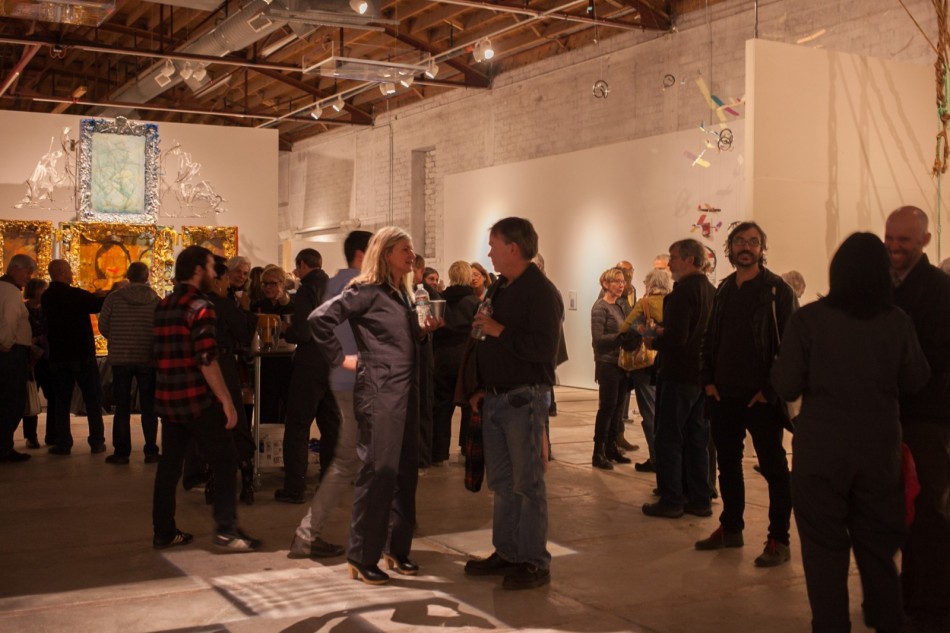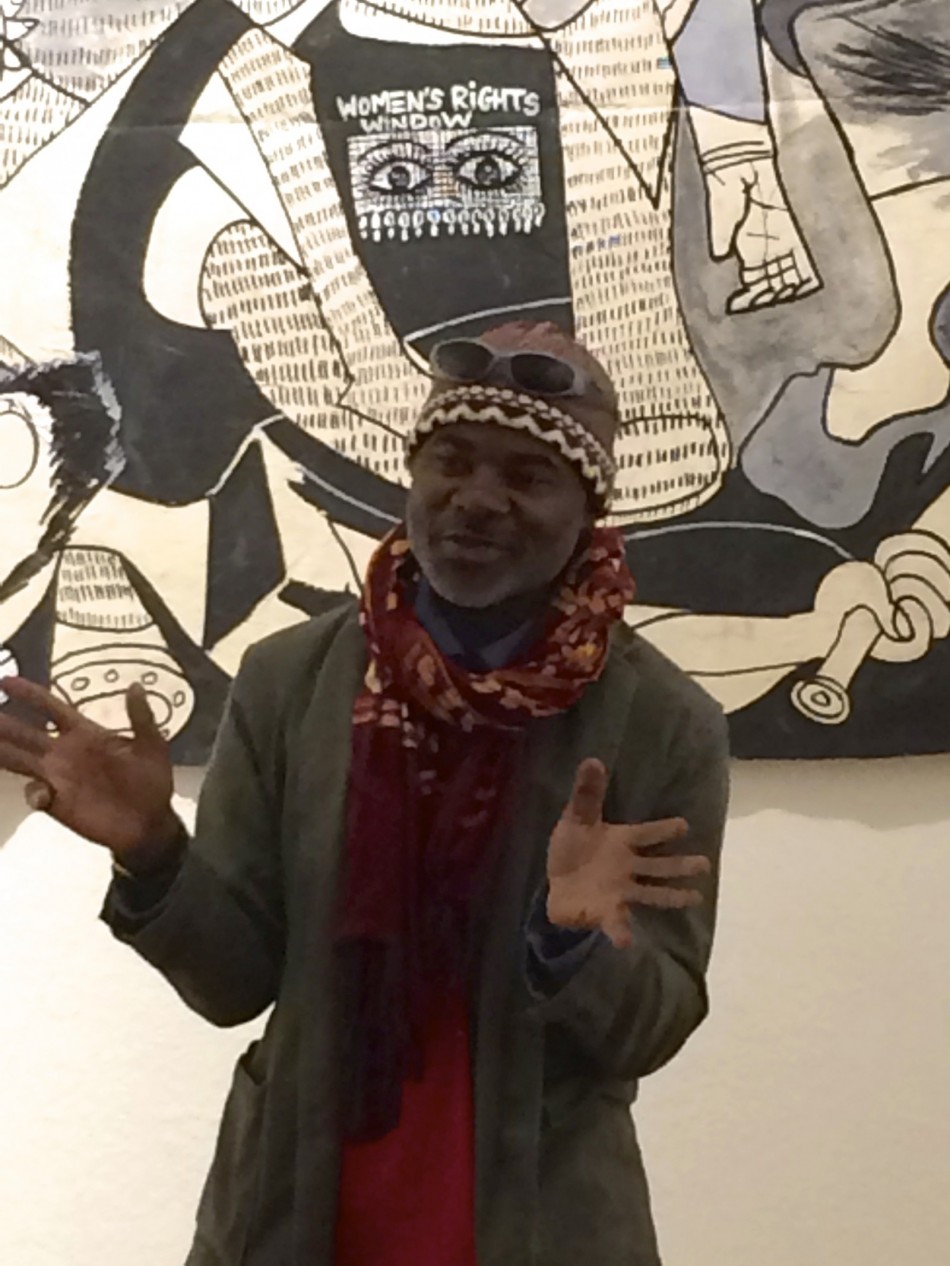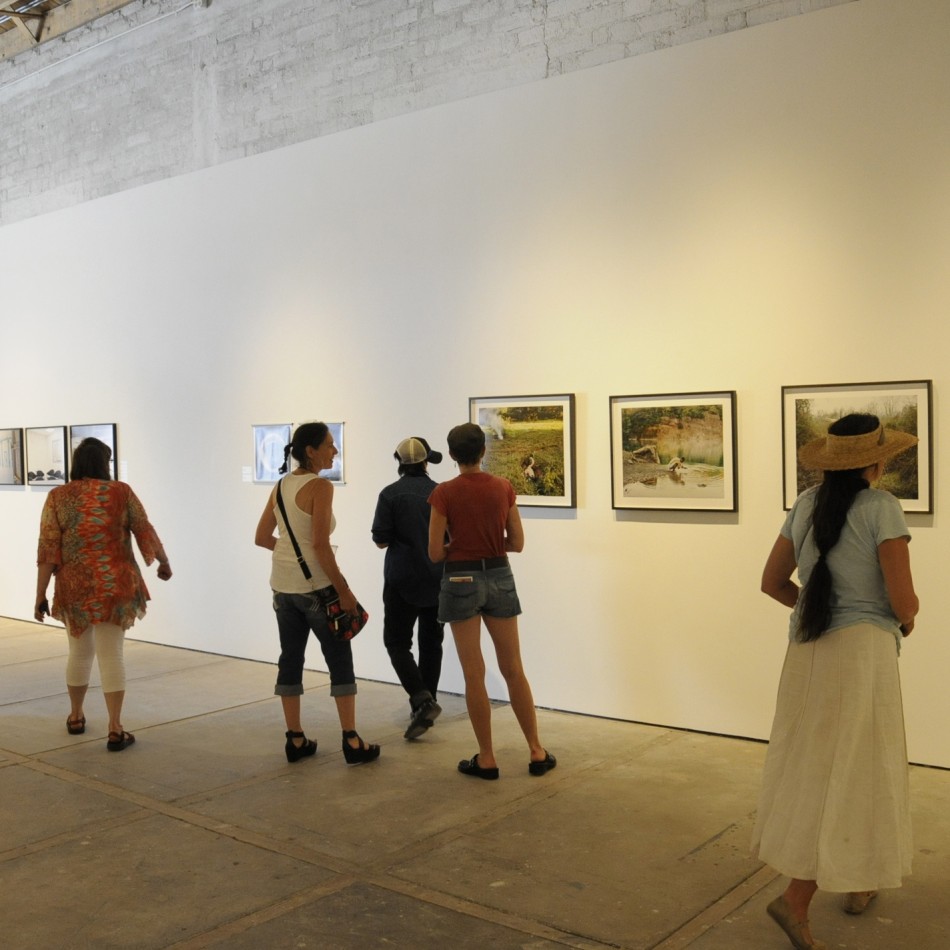
CCA Santa Fe is in the black
Minding the Future: John S. Gordon and CCA Santa Fe
John S. Gordon is interim executive director for the Center for Contemporary Arts Santa Fe. I interviewed him on April 8, 2015.
When did you come on as interim executive director of CCA Santa Fe?
I became interim ED in late January, 2015. I don’t expect this to become a permanent position for me. I’ve said I will stay on for a year, if necessary. We’ve actually just today launched a national search for our new permanent ED, using the assistance of the LA-based executive search firm Morris and Berger. I really think this extraordinary moment in CCA history offers a great opportunity to an entrepreneurial woman or man who wants to lead Santa Fe’s oldest independent arts institution to its next level of community engagement and artistic excellence.
What is CCA’s budget?
The board-approved operating budget for fiscal year 2015 is $730,000, which does not include a separately approved annual capital expense budget which the board has not yet reviewed for 2015.
The most exciting, and largely untold, CCA story is the fact that we now have six years of audited financials and have operated in the black for each of those six years. In addition, the CCA board has worked tirelessly over that period to eliminate CCA’s accumulated debt which, when I first joined the CCA board in 2009, exceed $900,000 — so you can imagine how big an achievement our current fiscal health is!
How would you characterize the state of CCA’s revenue?
Our income/revenue is modestly growing each year, although we have kept our operating costs more or less constant. With the reduction of our debt, however, we’ve been able to shift funds previously dedicated to debt reduction to programing and other operational, mission-centric operations.
Do you have any significant new funding sources?
CCA’s funding is a woven fabric consisting of membership income; public and private grants; individual, corporate and business sponsorships; earned income, including cinema admissions, concessions, rentals of our facilities, sales of artworks shown in our galleries; and bequests from our members and friends.
Have you been able to tap crowdfunding or any new funding platforms?
We are not using these kinds of social media-based funding systems at this moment. However, the development committee of our board has reviewed and approved a request to add a new staff member in the area of marketing and communications who would definitely have responsibilities in social media outreach.
CCA has had many management reorganizations over the years. What is new about this one?
Well, where to begin?! There’s no question that CCA’s 35-year history includes many transitions in our leadership and structure. However, CCA’s six-year effort to build both fiscal and operational stability provides a very different reality for this search, and for the new ED who will join us as a result of our search. Specifically, our board of directors, which now numbers 10 and growing, includes six exceptionally qualified people who have joined CCA in just the past two years.
What are you are hoping to accomplish in this interim year and what contributes to your perspective?
Obviously my role as interim ED is first and foremost a caretaker role, but I’m working closely with our board executive committee and, with their support and encouragement, I’m working with our management staff to make sure that CCA’s momentum continues during this period. We’re moving ahead with a three-year “priority planning” process, which will ensure that the new ED has a “roadmap” on day one, so s/he doesn’t have to start from scratch.
Also, I’ve led an initiative that shamelessly grows from Mayor Gonzales’s “One Santa Fe” initiative. Ours is cleverly called “One CCA,” and it involves strengthening and building our educational and public programing efforts using the expertise of both our lead program areas, cinema and visual arts.
We have a crowded milieu for contemporary visual arts programming in Santa Fe. What differentiates CCA ?
I know that folks are always curious to hear people like me distinguish between the organizations they lead and other similar organizations. In my view, to a very large extent, those distinctions are in the minds and perceptions of our audiences. In actual fact, we are collaborating partners with organizations such as SITE Santa Fe and SFAI — just to name a few of our peers. Now, that said, I’d refer anyone looking for the essence of CCA to our stated and published mission: “to create, maintain and promote a vibrant regional gathering place for the exploration and presentation of diverse and challenging contemporary art forms and ideas through interdisciplinary programs including: film, visual arts, performance and educational outreach.” And I think any fair viewer or member of our community will acknowledge that we do a pretty exceptional job of fulfilling our mission.
A long time ago, when I first got here from New York, CCA founders Bob Gaylor and Linda Klosky were pursuing a regional mission to present works of other arts organizations from elsewhere in the Rockies, for example. Right now, in our corridor, there seems to be more of that happening in Albuquerque. Is this regional approach an opportunity for CCA? Are we missing something here?
I certainly agree that we have a great deal more work to do in energizing and supporting the kinds of regional partnerships that you’re describing. However, I’d be remiss if I didn’t point out that our current exhibition by the Albuquerque-based collective, Basement Films, entitled “Happiness is a Warm Projector” (on view through May 31), is mounted in conjunction with the “On the Map” initiative in Albuquerque, and I believe we’re the only Santa Fe arts organization involved in that effort. Curator and Visual Arts Director Erin Elder is putting the finishing touches on a regional juried exhibition called “The Land Mark Show,” which will be juried by Grace Kook-Anderson and open to artists throughout the western states.
From April through June 16 we’ll have an exhibition by the Colorado-based interdisciplinary group called M12 which is known for its projects that explore the aesthetic realities of rural cultures and landscapes. Erin tells me that our M12 exhibition will feature an installation based on M12’s research that follows the wild horse through lore, myth, domestication, protection, up to and including the recent efforts to round up and slaughter these magnificent animals.
On your website the Cinematheque offerings are given top billing, perhaps because of the rapid programming changes. Does this reflect how your audience behaves?
This is a very interesting and challenging conversation at CCA right now because of my “One CCA” focus. There’s no doubt that our very loyal and dedicated Cinematheque audience relies on our website for show times and info about our screenings and special events. Our visual arts audience appears to have more venues to draw on for their information, but we still want our website to give a clear and complete picture of our mission-centric activities. So ultimately it’s a critically important design issue and we’re working hard on these issues as we speak.
Speak please about what you see in audience trends. Given the art world’s trend to growing more research-based, with organizations like Fractured Atlas, what role does audience or market research play — or should it play?
We are not currently engaged in active audience research, but I have proposed to my colleagues that perhaps a more CCA-style approach to these questions would be to conduct a series of “listening sessions” in and around northern New Mexico to learn directly how we are serving our audiences and, if we’re not serving them fully, what we might do differently. These efforts would then be available to the new ED to help expedite her/his thinking about next steps.

Je Suis Artoonist at CCA features works by Issa Nyaphaga in response to the Charlie Hebdo killings in Paris.

“Grab A Hunk of Lightning” at CCA Santa Fe

More than 60,000 visitors attended CCA programs in 2014.

Basement Films marks a current CCA collaboration with Albuquerque.
